Whether you’re looking to build an emergency food supply or planning an extended expedition, understanding what 30-year shelf life food items you can keep at home can make a world of difference.
A 30-year shelf life food is nutritionally-packed food that stays safe and edible for up to three decades. Examples include freeze-dried fruits, dehydrated vegetables, and specially canned meats.
Read on to discover the benefits of such food, how to recognize it, and the secrets to storing it for maximum longevity.
Quick Navigation
- What is 30-Year Shelf Life Food?
- Benefits of 30-Year Shelf Life Food
- Common Examples of 30-Year Shelf Life Food
- How to Store 30-Year Shelf Life Food
- How to Use 30-Year Shelf Life Food
- DIY 30-Year Shelf Life Food
- The Last Bite: Summing It Up
What is 30-Year Shelf Life Food?
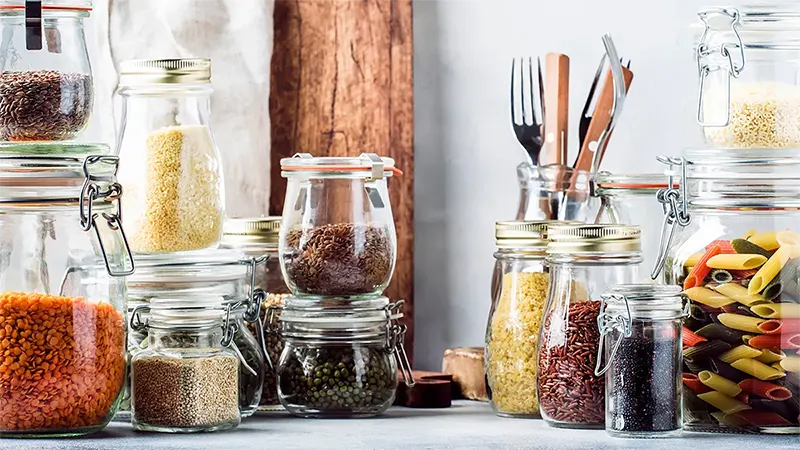
30-year shelf life food refers to food items that have been specially processed and packaged to stay safe, edible, and nutritionally viable for up to 30 years. This is achieved through various preservation methods, like freeze-drying and dehydration.
The primary aim of these foods is to ensure long-term food security in case of emergencies or situations where regular food supply is disrupted.
Benefits of 30-Year Shelf Life Food
Understanding the many advantages of 30-year shelf life food is key to realizing why they’re such a worthwhile addition to any household, particularly for preppers.
These benefits extend beyond basic survival needs, offering peaceof mind, sustained nutritional value, and extreme convenience.
Peace of Mind
The most distinct advantage of having 30-year shelf life food in your pantry is the peace of mind it provides. With these long-lasting supplies on hand, you’re prepared for a wide array of scenarios, from natural disasters to economic instability.
Knowing you have a backup food supply can significantly alleviate stress in times of crisis, allowing you to focus on addressing other pressing needs.
Nutritional Value
Contrary to what one might assume, 30-year shelf life foods are not just about filling stomachs; they’re about nourishing bodies too. Many companies that produce these foods carefully formulate them to retain their nutritional value over time.
In survival situations, where access to fresh food might be limited or nonexistent, these products provide vital vitamins and minerals.
Products such as freeze-dried fruits, vegetables, rice, and fortified cereals play a crucial role in maintaining health during periods of hardship.
Convenience
The convenience factor of 30-year shelf life foods cannot be overstated.
Most of these foods require little to no preparation. In some cases, all that’s needed is the addition of hot water, and within minutes, a hot and nourishing meal can be served.
This ease of preparation becomes particularly important in situations where resources such as fuel for cooking and clean water for washing dishes are scarce.
This feature not only saves time but also precious resources, making long shelf-life foods an essential part of disaster readiness.
Common Examples of 30-Year Shelf Life Food
The range of foods that can last 30 years might surprise you. With proper processing and storage techniques, everything from grains to dairy products can be made to last, providing a balanced diet even in the most challenging circumstances.
Here’s a closer look at some categories:
Grains and Pastas
Staple foods such as wheat, rice, and pasta are renowned for their long shelf lives. They can even last forever depending on how you handle them. When sealed in airtight containers and kept in cool, dark conditions, these foods can last up to 30 years or more.
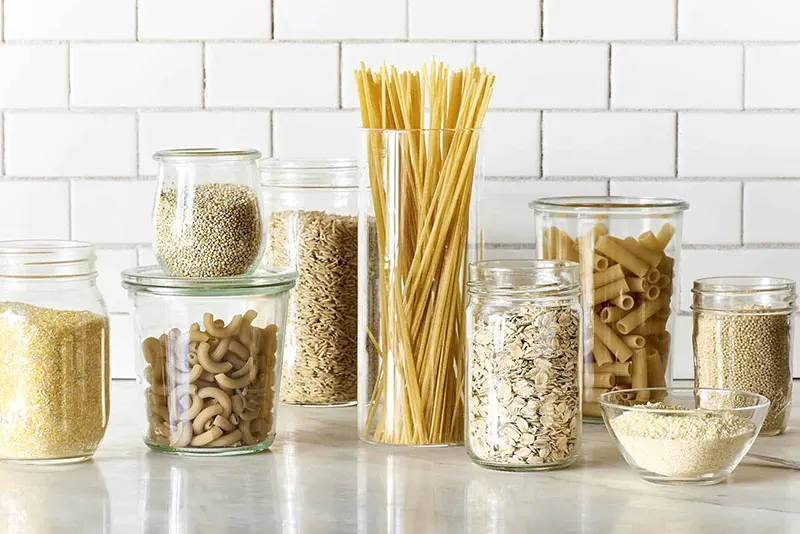
They form the backbone of many long-lasting food supplies due to their versatility in cooking and their high caloric content, which is crucial in survival scenarios.
Dried or Freeze-Dried Foods
Drying is one of the oldest food preservation methods, and it continues to play a significant role in creating 30-year shelf life food.
Fruits, vegetables, and meats can be freeze-dried or dehydrated to eliminate moisture, effectively arresting the decay process and preserving the food’s nutritional content.
Moreover, these foods often rehydrate well, so they’re easy to cook with or consume directly after adding water.
Dairy Products
It might seem unusual, but certain dairy products can indeed last for 30 years. Powdered milk, for example, when stored in airtight cans, can retain its nutritional value for decades.
Similarly, hard cheeses encased in wax can last for a similar duration. They provide essential proteins and fats that can complement other shelf-stable foods.
Sugars and Sweeteners
Sugars and sweeteners are unique in that they can last indefinitely when stored correctly.
Honey, sugar, and other sweeteners do not spoil due to their low moisture content and high acidity or sugar content, creating an inhospitable environment for bacteria and mold.
While they might not constitute a meal on their own, they can be used to enhance the taste of other survival foods and provide a quick source of energy.
How to Store 30-Year Shelf Life Food
Keeping your long-life food edible and safe is a matter of keeping it properly stored. Even food that’s designed to last 30 years can spoil in a few weeks if not stored properly.
Here are some tips to help you maintain the quality and longevity of your long-life food:
Cool, Dry, and Dark
The conditions in which you store your food are crucial to its longevity. High temperatures can hasten the deterioration of food, while moisture can lead to mold growth.
Similarly, exposure to light, particularly sunlight, can degrade the food and its packaging over time.
Aim to keep your long-life food in a storage space that is consistently cool (below 70 °F (21.11 °C) is ideal), dry (lower than 15% humidity if possible), and away from direct sunlight.
Basements, cellars, store shelves, or dedicated pantry spaces often fulfill these conditions.
Seal It Up
The way you package your food plays a significant role in preserving its shelf life. Exposure to air can introduce moisture and oxygen, which can hasten spoilage and oxidation. Pests, too, can infiltrate improperly sealed food.
To prevent these issues, consider sealing your food in vacuum-sealed food bunker storage bags, which remove air from the packaging.
Food-grade buckets with airtight lids are another viable option for larger quantities of food. Alternatively, #10 cans (the large, commercial-sized cans) provide a durable and airtight storage solution.
Regardless of the container type, ensure that it is sealed tight and regularly check for any signs of damage or pest infestation.
Properly Rotate Supplies
Another essential aspect of storing long-life food is rotation.

Even though these foods are designed to last for decades, it’s still a good practice to rotate your stock. This process ensures that your oldest supplies are used first and helps prevent any food from going to waste.
By marking the purchase or packaging date on your containers, you can easily keep track of their ages and use them in order of their dates.
Store a Variety
Having a variety of foods stored can make your long-term storage more enjoyable and nutritionally balanced. Try to store different types of food, like grains, beans, dehydrated or freeze-dried fruits and vegetables, meats, and dairy products.
A variety will also reduce food fatigue – the weariness of eating the same foods repeatedly.
You might be interested in reading about meals-ready-to-eat (MREs).
How to Use 30-Year Shelf Life Food
Using long-life foods in your meals can be a straightforward process, though it does depend on the type of food you’re working with.
The preparation methods might differ from your typical fresh ingredients, but with a little knowledge and creativity, you can still enjoy tasty meals.
Here’s how you can use your 30-year shelf life food:
Rehydrating Freeze-Dried or Dehydrated Foods
Freeze-dried and dehydrated foods have had their water content removed, making them lightweight and long-lasting. However, before you can eat them, you’ll typically need to rehydrate them by adding water.
The exact amount of water will depend on the specific food, so it’s best to follow the instructions on the packaging.
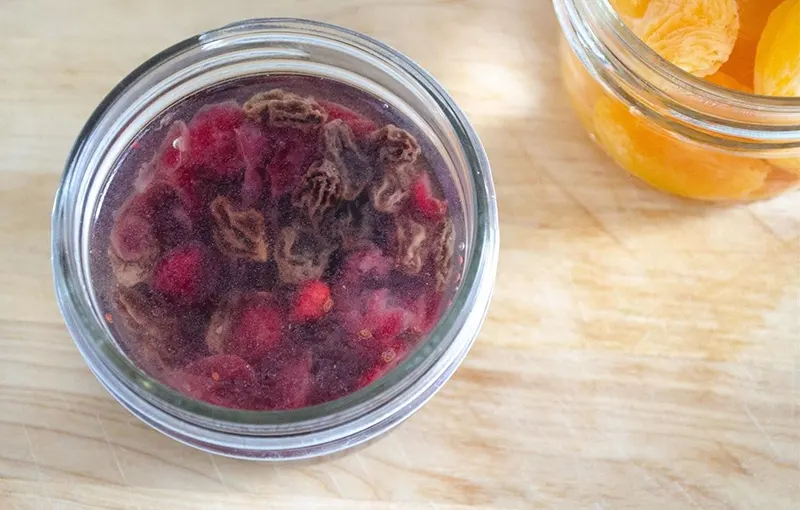
In general, though, you’ll add warm or hot water to the food and then let it sit for a specified amount of time until the food has absorbed the water and rehydrated.
Cooking with Grains and Pastas
Long-lasting staples like grains and pastas are cooked much like their fresh counterparts. You’ll need to add water and cook them over a heat source until they’re tender.
Remember to take into account that older grains and pastas might take a bit longer to cook than fresh ones. Be patient and adjust your cooking times as needed.
Using Dairy Products
Powdered dairy products, such as milk, need to be mixed with water before use. The ratio of powder to water will depend on the specific product, so follow the instructions on the packaging.
Once reconstituted, you can use the milk as you would normally in your recipes. Hard cheeses encased in wax can be eaten as is. Just cut off a portion and save the rest for later.
Incorporating Sugars and Sweeteners
Sugars and sweeteners, like honey or granulated sugar, can last indefinitely and are easy to use in your food. You can add them directly to your recipes as needed to provide sweetness.
Remember that these ingredients can add a lot of calories without adding much nutritional value, so use them sparingly.
Creating Balanced Meals
A key part of using your long-life foods effectively is to create balanced meals. Try to include a variety of food groups in each meal to get a range of nutrients.
This might include grains for carbohydrates, freeze-dried or dehydrated fruits and vegetables for vitamins and minerals, and dairy or freeze-dried meats for protein.
By combining different types of long-life foods, you can create meals that are not only satisfying but also nutritionally balanced.
If you’re interested, you might want to read more about the calorie food chart for survival.
DIY 30-Year Shelf Life Food
While buying ready-made, long-life food is convenient, there’s also the option to create your own at home.
With some investment in equipment and a bit of learning, you can take control of your food supply and turn your favorite meals into foods that can last for decades.
Here’s how to get started:
Investing in Equipment
The first step in creating DIY long-life food is to invest in the right equipment.
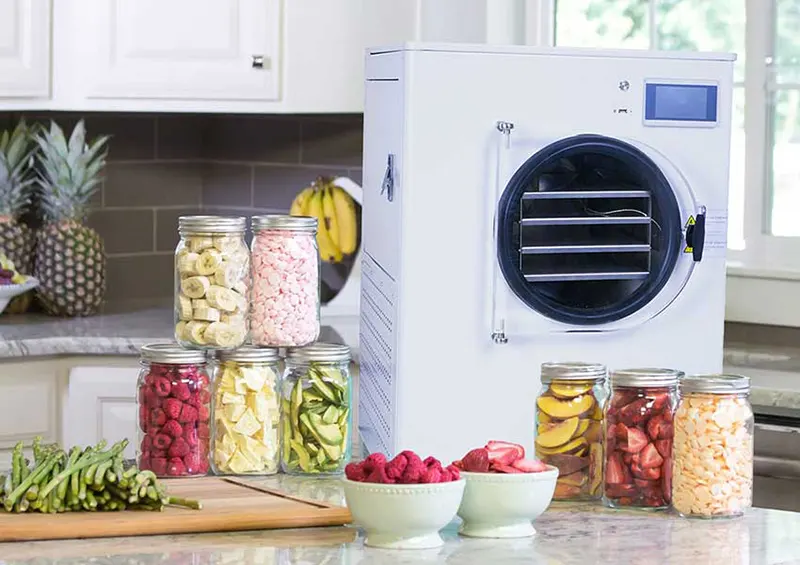
A home freeze dryer is an essential tool that can extend the shelf life of a wide variety of foods. Unlike dehydration, freeze-drying preserves flavor and nutritional content more effectively.
It’s a significant investment, but for those committed to long-term food storage, it could be a worthwhile one.
Preparing Food for Freeze Drying
Freeze drying works best with certain types of food. High-water content foods like fruits, vegetables, and meats tend to freeze dry well.
You can also create full meals, freeze dry them, and rehydrate them later. Prior to freeze drying, you should clean and slice your food into small, even pieces to ensure it dries evenly.
The Freeze Drying Process
The process of freeze drying food involves freezing the food, then reducing the surrounding pressure and adding heat to allow the frozen water in the food to evaporate directly from the solid phase to the gas phase.
This process can take anywhere from 20 to 40 hours, depending on the type of food and the freeze dryer model.
Packaging and Storing Your Freeze-Dried Food
Once the food is freeze-dried, it needs to be stored correctly to last for years.
It’s important to package freeze-dried foods in airtight containers or bags with oxygen absorbers to prevent oxidation. Light and heat can degrade freeze-dried foods, so store them in a cool, dark place.
Rehydrating Your Food
When you’re ready to eat your freeze-dried foods, you’ll typically need to rehydrate them by adding water. This can take anywhere from a few minutes to a few hours, depending on the food.
The end result should be very similar to the original pre-freeze dried food, in taste and nutrition.
Remember, DIY freeze-drying is a considerable investment of time and money. Be sure you’re committed to the process and ready to handle the tasks involved, from preparation to packaging.
It’s a fascinating and rewarding project if you’re passionate about long-term food storage and self-sufficiency.
The Last Bite: Summing It Up
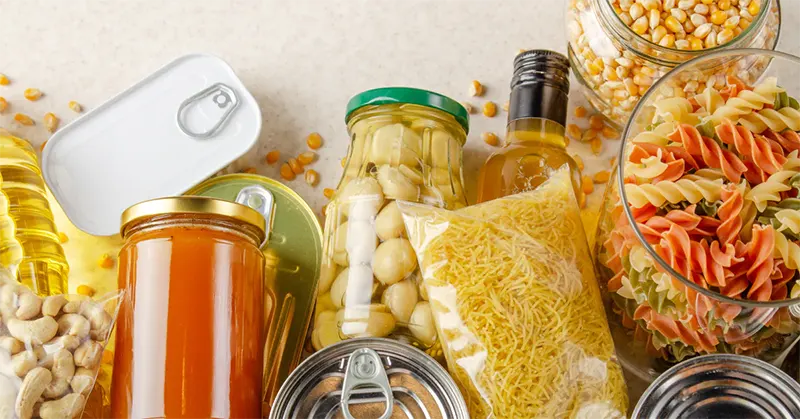
Understanding and investing in 30-year shelf life food can be a lifesaver, literally. Whether you’re preparing for an uncertain future or seeking convenient and long-lasting meals for adventures, these foods offer a practical solution.
With the right information and resources, you’ll be well-prepared for whatever the future holds. Happy prepping!
